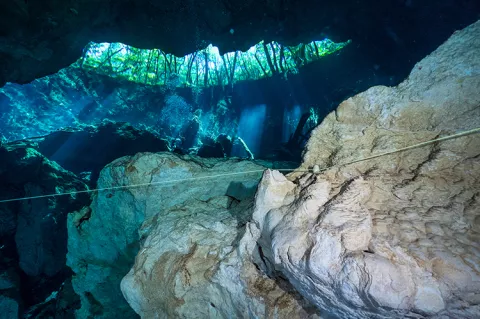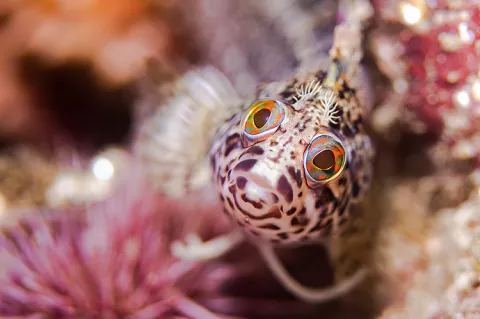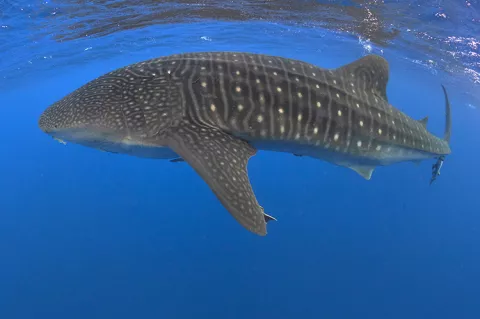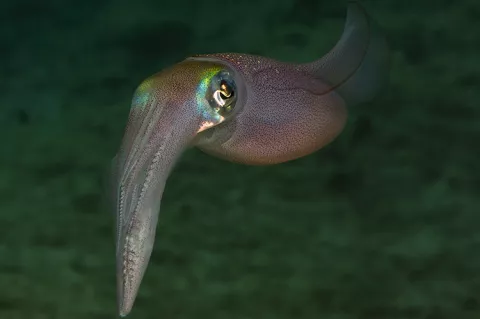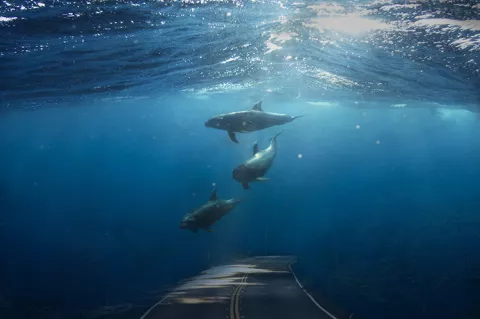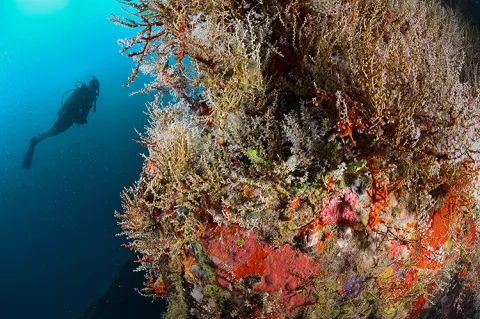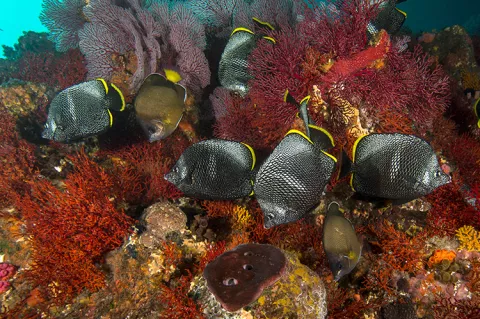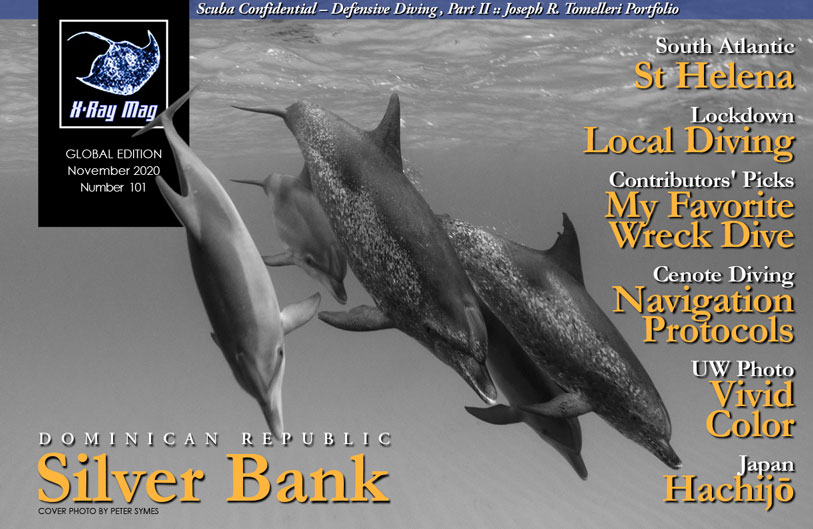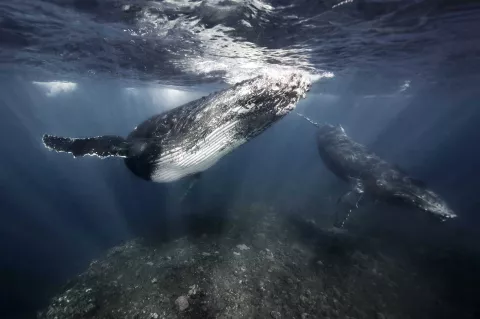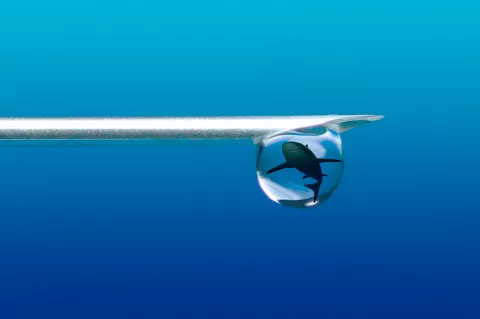Full Cave Navigation Protocols in Mexico
I started cave diving in Italy in 1990. At that time, the rules were very clear, codified and related to the kind of caves that were encountered in my region. Very often, they were resurgences with current (sometimes strong) or sumps inside caves, with water ranging from crystal clear to the color of coffee and variable visibility, depending on the rains.

